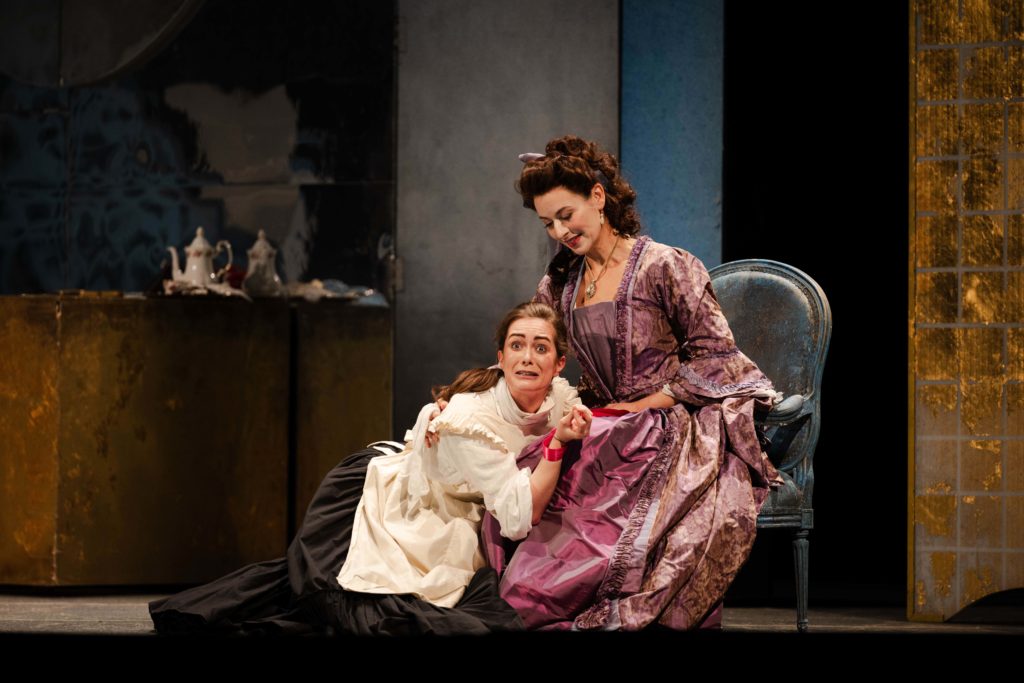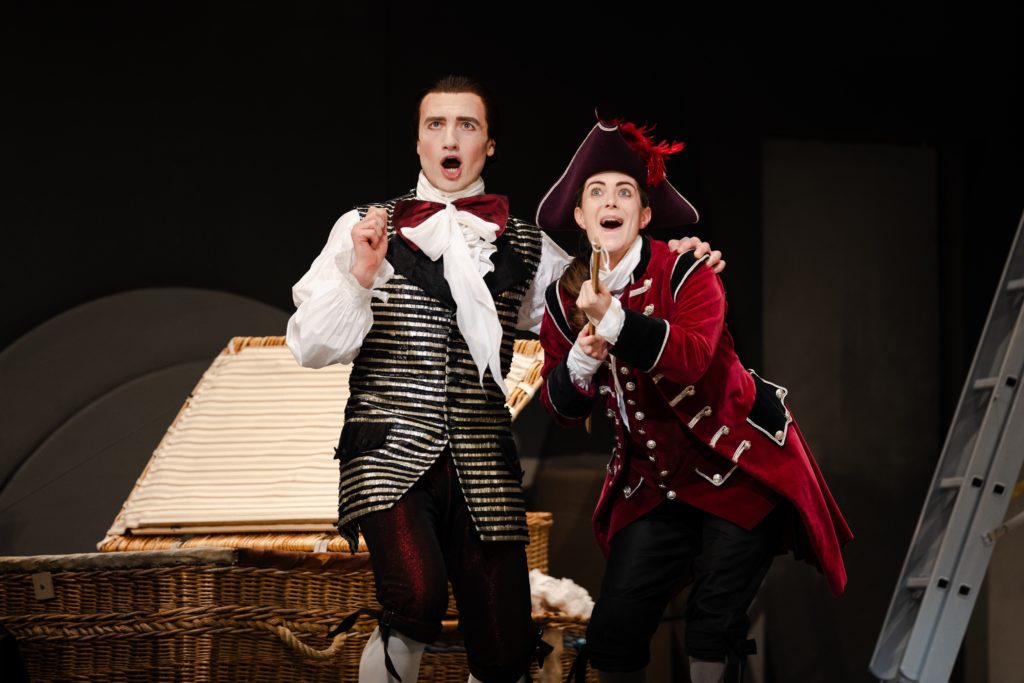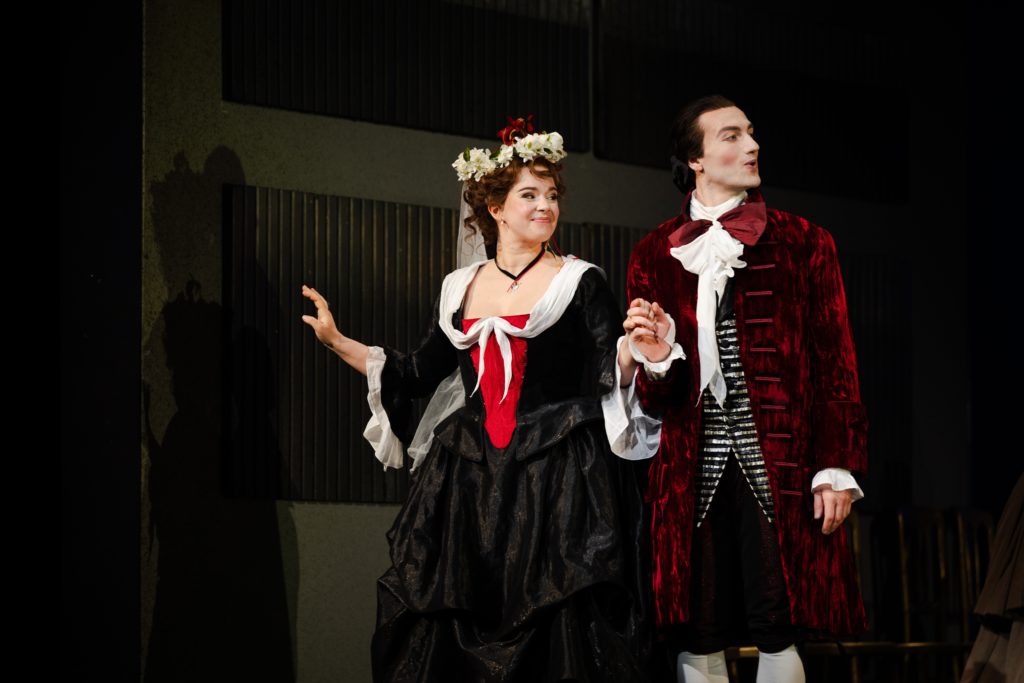Review: Welsh National Opera’s The Marriage of Figaro

Meg Davies
The Welsh National Opera presents The Marriage of Figaro, a whirlwind of mischief, mistrust and mistaken identity.
In Mozart’s acclaimed opera, the Count and Countess d’Almaviva, and their servant counterparts Figaro and Susanna, playfully cross boundaries in a web of deception, betrayal and disguise.
With both comedic and frustrating mix-ups, chaos ensues through their tangled schemes and hapless misunderstandings.
WNO’s latest production captured much of the charm and humour of Mozart’s opera, and the skilled cast and orchestra performed with flair, but offered few surprises.
A skilled cast
Giorgio Caoduro as the Count was appropriately uncomfortable to watch – quick-tempered, sleazy and easily dislikeable.
His forlorn wife, played by Chen Reiss, a compelling soprano, was commanding while retaining a quiet dignity.
Michael Mofidian’s Figaro was quick-witted and charismatic, well-matched by Christina Gansch’s endearing and spirited Susanna.
But it was Harriet Eyley who truly shone, as Cherubino, capturing all the restless energy of prepubescent infatuation.
Her portrayal of the lovestruck page was expressive and charming in every scene.

Impressive voices
The cast, if lacking in diversity, attacked the score with precision and vigour.
Musically, there was little to fault. The WNO Orchestra played skilfully, offering a crisp and dynamic reading of the score.
The production boasted some impressive voices, whose vocal projection was strong and effortless without the aid of microphones.
The cast conveyed the emotion of the piece, ensuring that the intricate plot remained clear, but they struggled to stir deeper feelings and move the audience.
That being said, the humour landed well, and the audience responded warmly to the happy resolution at the end.

Creative spark?
Despite the evident talent on stage, the production itself lacked a creative spark.
Period costumes, melodramatic flourishes, and familiar staging choices felt a bit predictable and unimaginative.
Particularly the cloaks and masquerade, which were an uninspired method of disguise.
The choices were faithful to the opera’s 1812 roots, but the adherence to tradition felt more like stagnation than homage.
While some audience members will have appreciated the conventional approach, it lacked originality, failing to take risks or interpret the piece in a dynamic way.

At curtain call, the cast came out donning ‘Save Our WNO’ T-shirts – a reminder of the struggles facing the company.
Budget cuts to the cultural sector put the company in a tough position, limiting opportunities for more ambitious staging.
With that in mind, it made sense that the production felt more like a repetition than a revival, and served as proof that our Welsh National Opera needs funding to produce inventive and exciting work.
Within its constraints, this was a well-crafted and enjoyable production, one that honoured the original without pushing boundaries.
The Marriage of Figaro was beautifully sung, deftly played, with some comic charm, but ultimately fell flat without anything original or new.
Support our Nation today
For the price of a cup of coffee a month you can help us create an independent, not-for-profit, national news service for the people of Wales, by the people of Wales.




